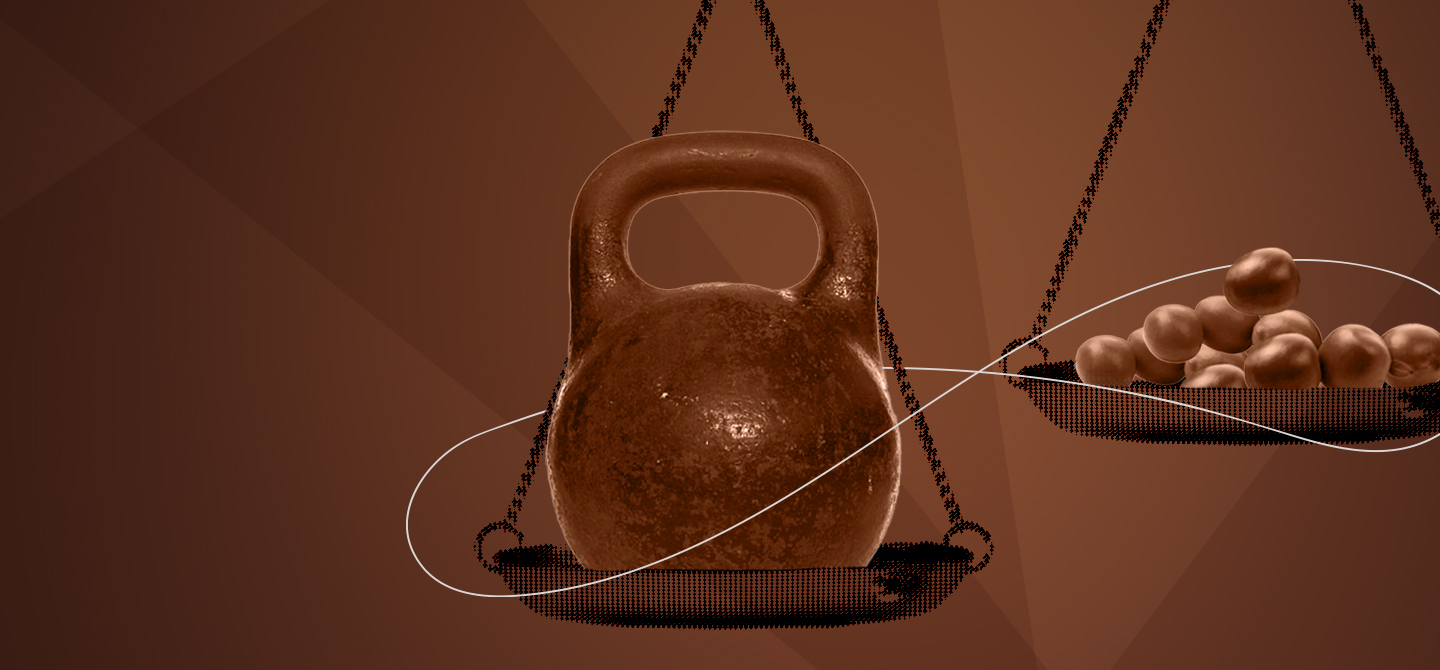France has a reputation for underperformance when it comes to inequalities in education. “As in all countries, pupils do not arrive at primary school on an equal footing: children from poorer backgrounds, for example, know fewer words than those from more privileged backgrounds. But unlike other countries, French schools are unable to reduce this gap. On the contrary, it increases over the course of a child’s education” comments Camille Peugny. And in a country where the highest diploma obtained plays a crucial role in social status, these inequalities extend into social reproduction. “Seven out of ten children of managers have managerial jobs. On the other hand, seven out of ten children of blue-collar workers work in manual jobs” continues the researcher.
The France Stratégie 2023 report “Scolarités. Poids des héritages1” , details the many social determinants that influence a child’s success and their choice of course, leading to a sedimentation of inequalities throughout their school career. These include the parents’ economic capital, which enables them to benefit from tutoring if they need it and family financial support if they want to go on to higher education; geographical mobility, which gives them the opportunity to go to a wider range of establishments; information capital, which broadens the range of options available; and personal aspirations, which are sometimes self-censored in the most disadvantaged backgrounds.
A student’s ability to envisage a future for themselves also has an impact. “Numerous surveys have shown that, at each new stage of the educational process, families need to understand that their investment in the child’s education will pay off further and further into the future. When you’re in a more precarious situation, life is like a series of challenges that you have to overcome, and your ability to envisage your future is limited,” comments Camille Peugny.
A marked social bias in education programmes
However, the last few decades have seen a significant increase in school attendance, and all socio-economic backgrounds have recognised the importance of studying for as long as possible2. In 1950, 5% of young people took the baccalauréat. Today, almost 80% do, and half of them go on to higher education. “But this democratisation is, as sociologist Pierre Merle points out, segregated. At high school and beyond, the programmes leading to the most highly qualified jobs are overwhelmingly taken by the most advantaged young people,” adds Camille Peugny.

This gradual reinforcement of inequalities begins very early on. The France Stratégie report shows that 19.4% of pupils from disadvantaged backgrounds (35% of pupils according to the definition adopted by the authors) have already had to repeat a year by the time they enter 6ème (11–12 years), compared with 8.3% of pupils from more privileged backgrounds (30% of pupils). At the start of secondary school, around 80% of pupils from well-off backgrounds go on to study in the “2nde générale and technologique” [Editor’s note: a important branch in the French education system at 14–16 years, determining students later options] while only 36% of pupils from disadvantaged backgrounds do so. The gap widens even further in final year, where, for example, nearly 35% of students from privileged backgrounds go on to study in S [Editor’s note: scientific branch], which is considered to be the stream leading to the most highly qualified jobs, compared with just 7.5% of students from less privileged backgrounds.
As for the preparatory classes, more than two-thirds of these are taken by students from very privileged backgrounds, 40% of students are girls (30% in science subjects), and students from the Paris region account for 32% of the total3. The gaps widen even further when it comes to entering the most prestigious schools. “With the same marks at the baccalaureate, a former pupil from Paris has six times more chance of getting into the most prestigious schools, such as Polytechnique, HEC or ENS Ulm, than a pupil from a more rural area,” explains Guillaume Hollard.
Is the concept of truly egalitarian schools a myth that needs to be challenged?
But why is France, which spends 5.4% of its GDP on schools at all levels (compared with an OECD average of 4.9%), unable to combat these inequalities? And, above all, how can we reset a system that seems to no longer work? Several publications attempt to answer these two questions, using a variety of approaches.
For sociologist Camille Peugny, “we are deeply influenced by the model of the Republic’s schools, which are both equalising and emancipating, and which are supposed to reward only the merit of their pupils, a model that was established at the end of the 19th Century. We’re having trouble letting go of this myth.” In his view, the French system is in fact built around one major objective: selecting the elite of tomorrow from an early age. He points to evidence of this in the French system’s tendency towards assessment at a very early age and in the distribution of financial flows between the different levels of education, with the budget for nursery and primary education alone being lower in France than the OECD average. “To this main objective of selecting the elite, new sub-objectives are constantly being added, such as education for citizenship or road safety. Our expectations of the school system have become unreasonable” adds the researcher.

In his view, there are two parallel avenues to be pursued to halt the accumulation of inequalities: firstly, greater investment in the first and second cycles of education, particularly to limit early school leaving, which is one of the national priorities. Every year, around 8% of young people leave the school system with no qualifications higher than the Brevet. This percentage is lower than the OECD average but is still socially very marked: 38% of early school leavers have parents who are unemployed, 19% are unskilled workers and 13% are employees, while only 8% come from the families of teachers or professionals4. The second approach is to champion lifelong learning. Because, at the end of the day, “true equality may lie in ensuring that people’s destinies are never set in stone” adds Camille Peugny.
AI to combat a lack of confidence
Guillaume Hollard and his colleagues at the Centre de recherche en économie et statistiques (CREST), who are looking more specifically at the lack of diversity in science courses, are taking a different approach to the issue as part of a project supported by the Fondation Polytechnique. “Everyone agrees that the school system reinforces existing inequalities, but there is rarely a consensus on what needs to be done. One of the reasons for this is that there are no solidly established arguments for recommending a particular measure, especially as reforms in France are rarely subject to upstream experimentation or subsequent evaluation”, explains Guillaume Hollard. The researchers therefore set out to identify concrete actions in the literature that have been shown to have a scientifically sound impact on inequality. One of the avenues identified was a randomised experiment that showed that informing pupils, at key moments in the guidance process, of their actual position in the distribution of marks had a significant influence on their choices and helped to significantly correct the under-confidence shown by young girls and pupils from the most disadvantaged backgrounds5.
Using the extensive data available from school life software and AI techniques, Guillaume Hollard and his colleagues are proposing to provide school heads with a tool that will inform pupils of their predicted success rates in different streams when they choose their options or career choices at the end of the 2nde, 1ère and Terminale. A partnership has already been set up with Index Éducation, the company that publishes the Pronote school life software used by the majority of collèges and lycées, and a beta version of the tool should be tested from the start of the 2025–2026 academic year on initial samples of pupils.









